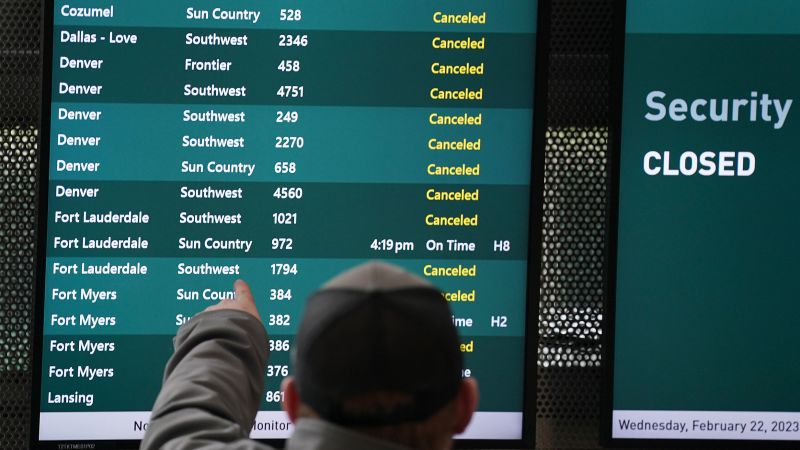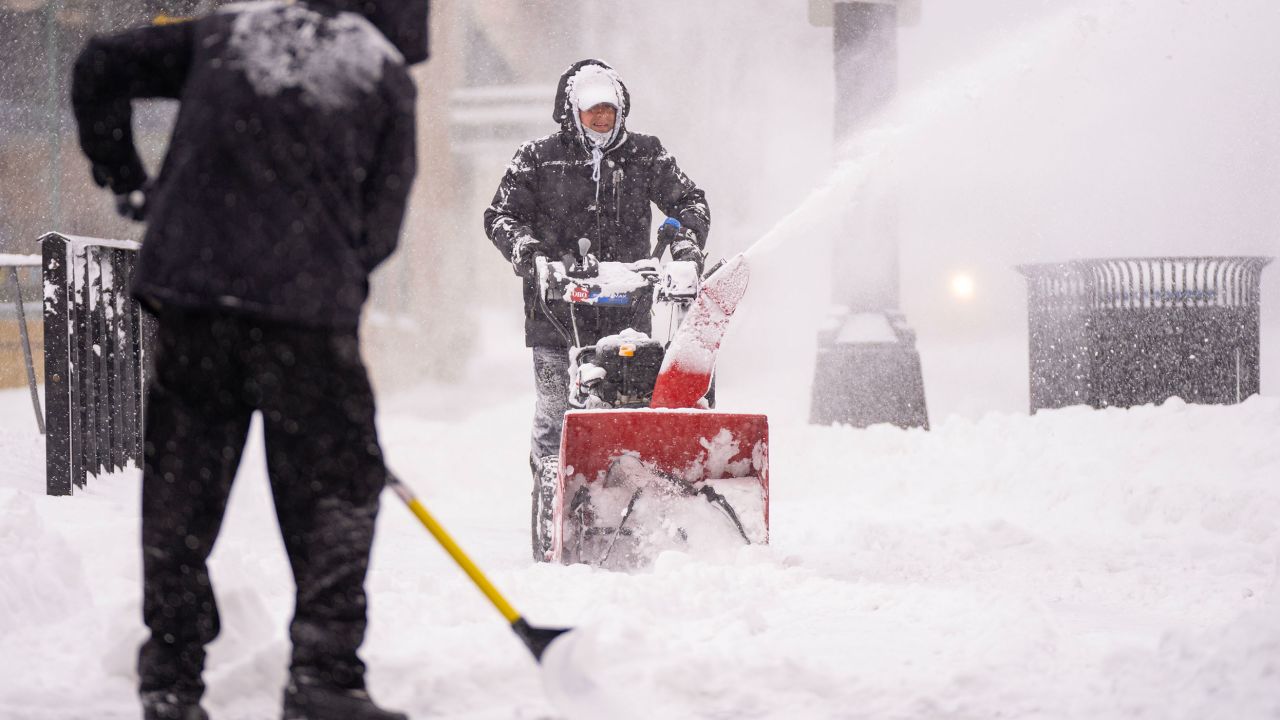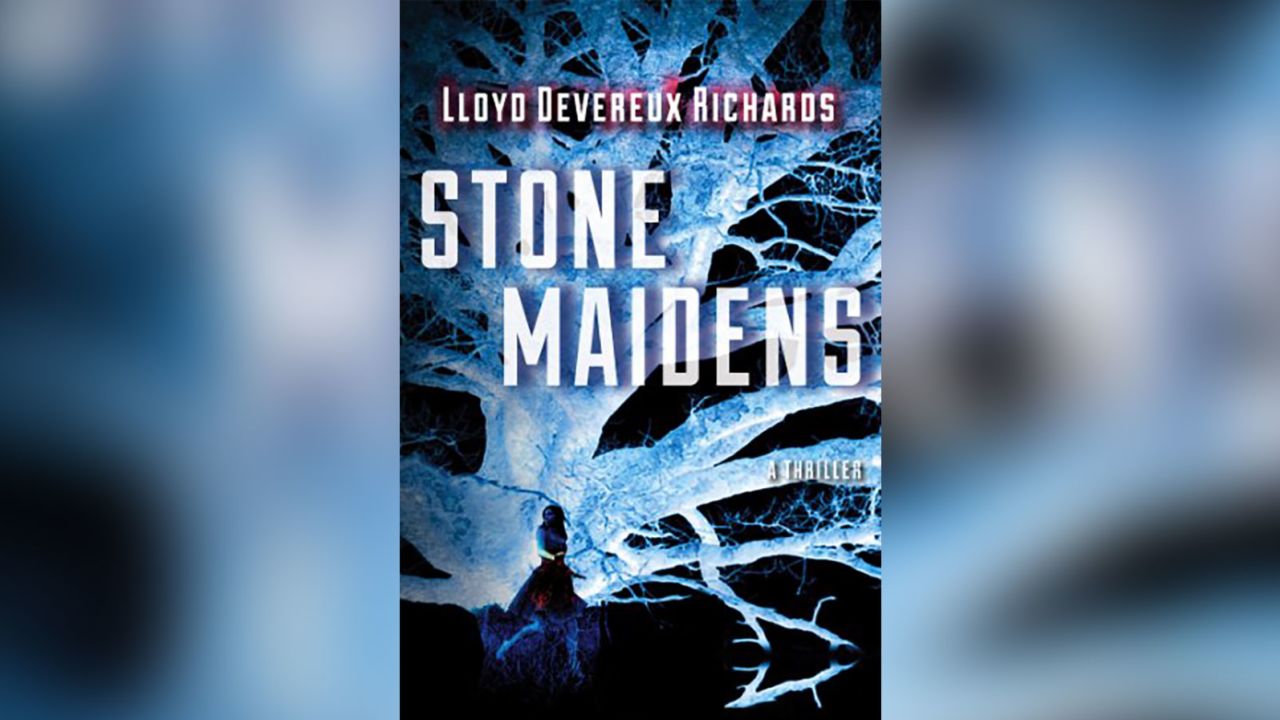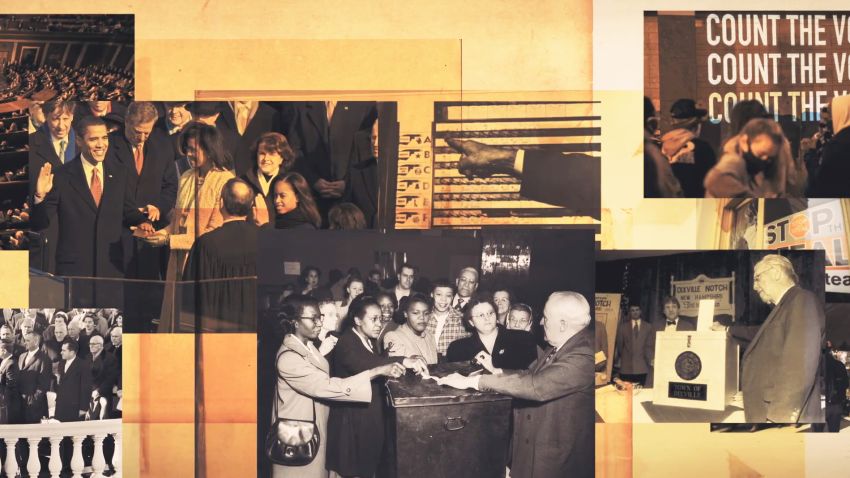Editor’s Note: Suzanne Nossel is CEO of PEN America. The views expressed here are hers. Read more opinion on CNN.
CNN
—
Florida Governor Ron DeSantis is going to destroy free speech in order to save it, it seems.
Over the last year DeSantis has championed a law that limits classroom discussions of LGBTQ identities, banned teaching and learning of particular perspectives on race, enacted a measure barring certain diversity training in schools and workplaces, and replaced the leadership of a small, progressive public college with conservative ideologues and religious leaders charged with overhauling the campus’s politics.
DeSantis has also sought to shut down a drag show, citing a 1947 legal precedent banning “men impersonating women.” He has proposed to challenge the landmark Supreme Court decision on libel, narrowing the scope of press freedom.
As recently as 2019, DeSantis styled himself as a First Amendment defender. During his first gubernatorial run in 2018 he pledged on his campaign web site to defend “First Amendment speech rights against those in academia, media and politics who seek to silence conservatives.”
The following year he announced an agreement among the state’s 40 public colleges and universities to adopt a free speech pledge modeled on the “Chicago Principles,” the University of Chicago’s admirable and influential manifesto in defense of open discourse. The Chicago statement, the result of work done by a committee on free expression convened at the college in 2014, proclaims that “debate or deliberation may not be suppressed because the ideas put forth are thought by some or even by most members of the University community to be offensive, unwise, immoral or wrong-headed.”
Over the last three years, however, DeSantis has turned his back on free speech in the name of pushing back against ideas he finds contemptible. He has railed against progressive curricula and academic theories as “an attempt to really delegitimize our history and delegitimize our institutions” and urged his supporters to “think deeply about if we are a disfavored class based on our principles, based on having conservative views,”
DeSantis is not wrong to point out that progressive orthodoxies can sometimes stifle opposing views. But a principle isn’t a principle unless it’s extended to all, and DeSantis now seems bent on using the power of his office to apply free speech protections only to the ideas he supports.
Indeed, in pushing back against what he decries as wokeness run amok, DeSantis has embraced the very tactics he once decried, putting the weight of government power behind efforts to repress viewpoints that offend him and his supporters.
DeSantis’s tactics are winning adherents in Florida and fueling momentum for a national campaign. To blunt their appeal, it is essential to understand what the governor and his supporters are mobilizing against. DeSantis has fanned fears that progressives have taken control of schools and universities, imposing an ideological agenda that DeSantis argues is at odds with the values of most Floridians.
The new visibility and appreciation of transgender and non-binary identities and rights has raised important questions about pronouns, bathrooms, sports and the autonomy of adolescents. The 2020 murder of George Floyd spurred schools, colleges and companies to take new steps aimed to root out the entrenched, stubborn legacy of racism in their institutions. These are positive developments, vital to bringing about a more inclusive and equal society.
In some cases, though, efforts to promote equity cross over into censoriousness. Just last week Roald Dahl’s publisher announced plans to scrub beloved works like “Charlie and the Chocolate Factory” and “Matilda” of references that could be construed as offensive to the overweight, wig-wearers or people with horse-like features. In 2015, a student performance of “The Vagina Monologues” by Eve Ensler (now known as V) was cancelled on the basis that the play itself was transphobic because the script failed to acknowledge that not all women have vaginas.
Some curricula and programs offer simplistic, monolithic or flat-out illiberal ideas about racial issues, dismissing challenging questions or alternative perspectives as rooted in racism, reeking of undeserved privilege or otherwise beyond the pale.
In a highly publicized incident at the University of Central Florida in 2020, Professor Charles Negy was fired after his tweets about “Black privilege” prompted campus protests. While the university claimed he was guilty of misconduct, an arbitrator found no just cause for his determination and ordered him reinstated. The incident seemed to form part of a broader pattern at the University.
Last year a federal appeals court struck down the campus’ discriminatory harassment policy, citing its “astonishing breadth—and slipperiness.” The court found it “clear that a reasonable student could fear that his speech would get him crossways with the university and that he’d be better off just keeping his mouth shut.”
DeSantis and his supporters are not wrong to call out the quest for a more inclusive and equitable society when it veers into the outright suppression of speech and ideas. Progressives too often forget that the movements they wage – whether for racial justice, gender justice, climate or anything else – depend upon free speech protections to guarantee the space for dissent; and that such protections must apply equally to speech with which they disagree. Some fail to acknowledge, too, that worthwhile perspectives and solutions can emerge from outside their own ideological spheres.
But the cure that DeSantis and his backers favor – intrusive legislation to muzzle the opposite set of views – is worse than the disease. State-ordered legal bans based on viewpoint – whether ideas on critical race theory, books depicting LGBTQ families or diversity programs – strike at the heart of what the First Amendment protects. Such bans also, ironically, tend to elevate the ideas being cast off limits. The now widely documented feelings of intimidation and muzzling of Florida librarians, teachers, professors and students are fueling a backlash against DeSantis, prompting allegations of racism and authoritarianism.
College Board educators insist that they were not consciously bowing to DeSantis’ pressure when they eliminated edgier topics from the AP African American History curriculum. But the mechanisms of censorship are insidious – threats and intimidation cause people to shift their views, choose their words and stay away from certain topics without even recognizing that they are doing so.
To escape this escalating tit-for-tat battle of assaults on speech will demand leadership. University presidents need to stand up and insist, and ensure, that all viewpoints – left and right alike – get a fair hearing on campus. They also need to resist intrusive legislation that micromanages curriculum and undercuts academic freedom.
Progressive leaders need to draw the line at approaches that seek to silence criticism, including through demonization and stigmatization that make the cost of raising questions too high. Conservatives need to reject an approach that meets informal chilling of speech with out-and-out government censorship. Florida education officials should educate and incentivize college administrators, principals and teachers on how to maintain a classroom open to all ideas, rather than responding to the exclusion of views they like with laws prohibiting those they don’t.
This escalating battle for control over our public discourse should worry all those who care about free speech, no matter their politics. The left is too quick to want to silence those who offend or threaten them. The right – led by DeSantis – is going a major step further, legitimizing the use of government power to render certain books, ideas and viewpoints off-limits. The greatest casualty in this battle may be neither progressive nor conservative ideas, but the principle of free speech itself.
An earlier version of this essay misstated the name of the University of Central Florida.
























